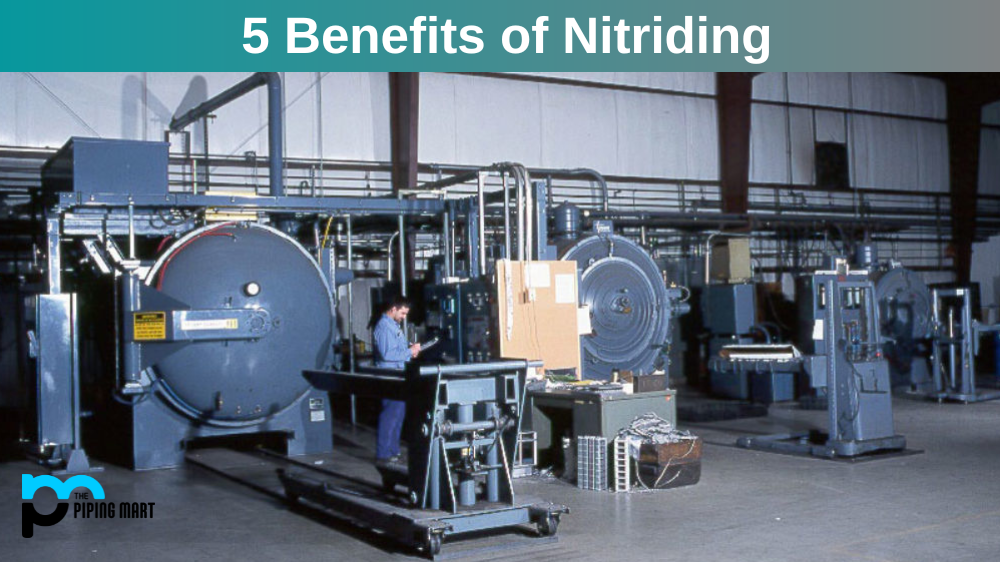Nitriding is a popular thermochemical process used to change the surface properties of a metal part or component. It’s an effective way to increase strength and durability in various applications, from automotive parts to medical implants. In this blog post, we’ll take a closer look at how nitriding works and contributes to enhanced strength and durability.
What is Nitriding?
Nitriding is a thermochemical process that uses nitrogen gas at very high temperatures to create a tough layer on the surface of the metal. This process adds compressive stress to the metal, which helps improve its resistance to wear, corrosion, fatigue, and other forms of damage. It also helps increase the lifespan of components by reducing their susceptibility to mechanical fatigue due to repeated loading and unloading cycles.
Benefits of Nitriding
The most significant benefit of nitriding is enhanced strength and durability for parts and components subjected to heavy loads or frequent use. The hardened layer created by nitriding can help protect metals from corrosion caused by exposure to moisture, chemicals, or other environmental factors. It also increases the hardness of metals so they can withstand higher amounts of force without bending or breaking. Furthermore, nitride layers can be tailored according to specific requirements such as thickness, hardness, micro structure, etc., allowing for greater flexibility in design options that offer superior performance over traditional methods.
Increased hardness
One of the primary benefits of nitriding is that it increases the hardness of the treated metal. This increase in hardness is due to the formation of a hard, wear-resistant surface layer on the metal. This layer is composed of iron nitrides, which are much harder than the metal itself.
Improved wear resistance
The increased hardness of the surface layer also leads to improved wear resistance. The improved wear resistance is due to the fact that the nitrides are much harder than the metal itself and, thus, are more resistant to wear and tear.
Improved corrosion resistance
Nitriding also leads to improved corrosion resistance. The improved corrosion resistance is due to the formation of a thin, protective oxide film on the surface of the metal. This oxide film helps to protect the metal from corrosive agents, such as acids and alkalis.
Improved fatigue strength
Nitriding also leads to improved fatigue strength. The improved fatigue strength is because the nitrides are much harder than the metal itself and, thus, are more resistant to cracking under stress.
Reduced friction
Another benefit of nitriding is that it reduces friction between moving parts. The reduced friction is because the nitrides are much harder than the metal itself and thus act as a lubricant between moving parts.
Conclusion:
Nitriding effectively enhances the strength and durability of metal parts and components without compromising their structural integrity or performance capabilities. By adding compressive stress to the surface layer, nitride layers can not only help protect against wear and tear and make metals more resistant to corrosion and fatigue while increasing their lifespan. For those looking for a cost-effective solution that offers superior performance in terms of strength and durability, nitriding is worth considering!

A passionate metal industry expert and blogger. With over 5 years of experience in the field, Palak brings a wealth of knowledge and insight to her writing. Whether discussing the latest trends in the metal industry or sharing tips, she is dedicated to helping others succeed in the metal industry.




